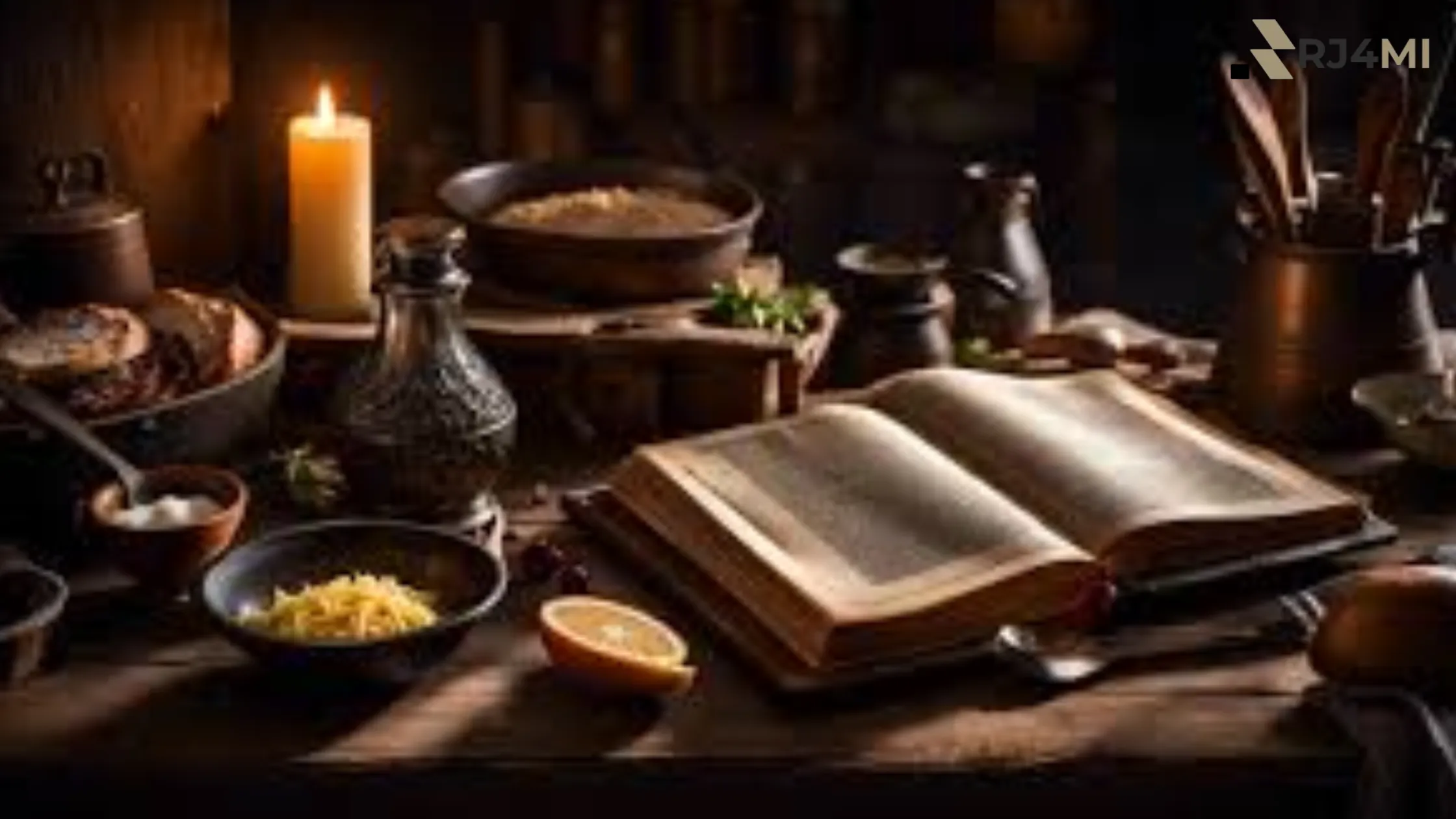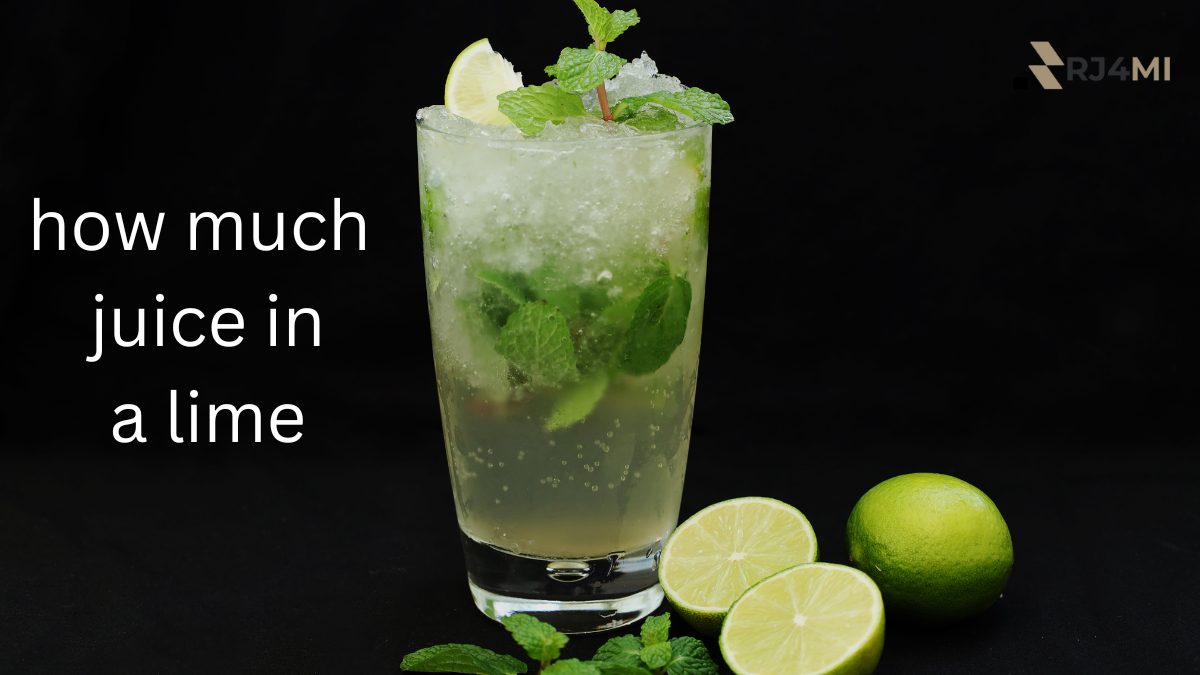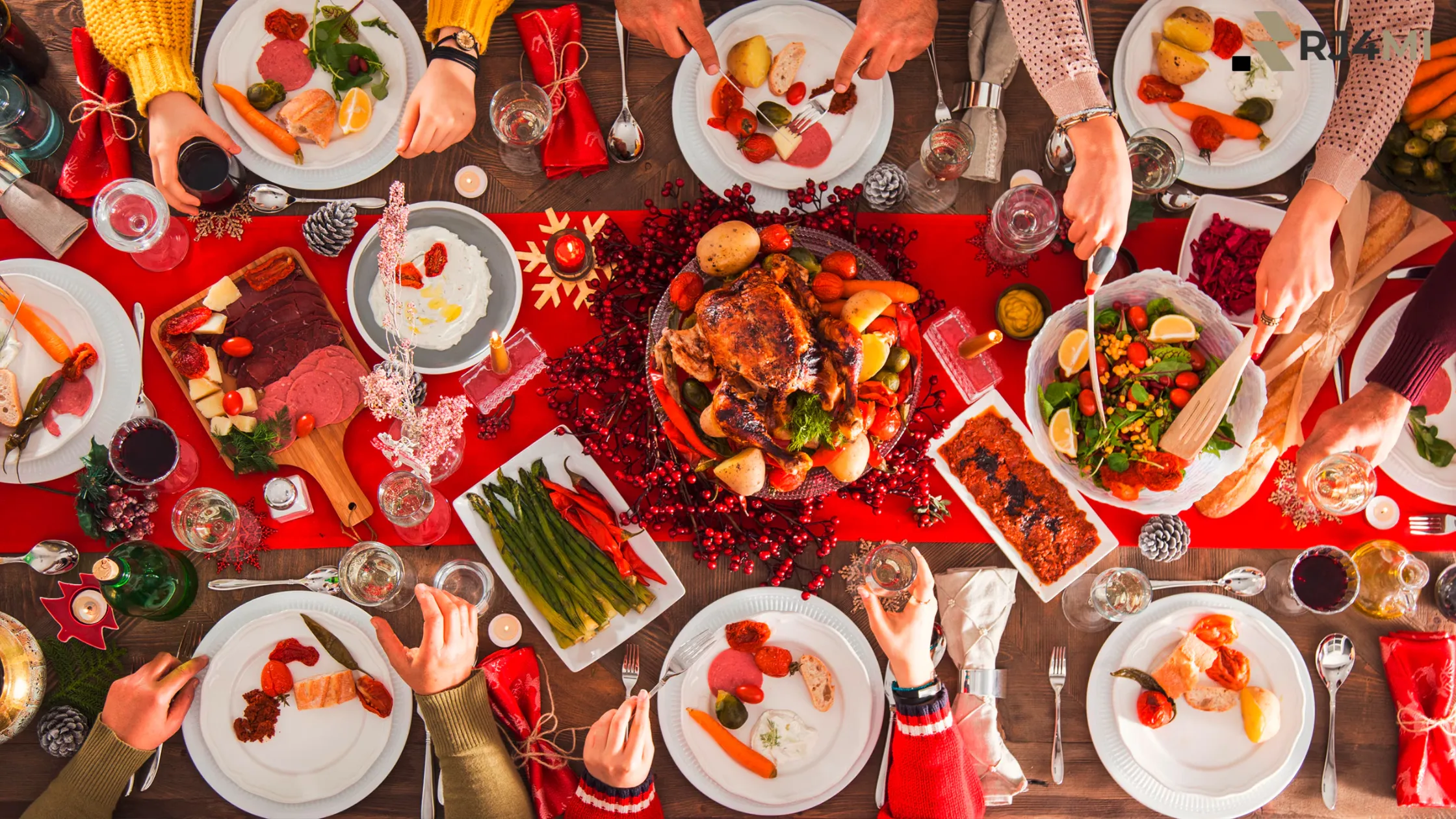Table of Contents
The Primary Source of Middle Ages Food Recipes offers a fascinating glimpse into the food habits of medieval Europe. From hearty stews to elaborate feasts, the food culture of the time reflected social hierarchy, availability of ingredients, and cooking techniques passed down through generations.
To understand these recipes, we need to look at historical texts, old cookbooks, and monastery records. These sources show us how people cooked and ate in the past.
In this article, we’ll take a deep look at the Primary Source of Middle Ages Food Recipes, the cooking techniques of the period, and how modern chefs can adapt these old dishes in today’s kitchen.
Why Study Medieval Food Recipes?
The Middle Ages saw big changes in food. Trade, social class, and religious traditions shaped these culinary advancements. By studying the Primary Source of Middle Ages Food Recipes, we can learn:
- What people ate in different social classes.
- How ingredients like meat, fish, grains, and spices were used.
- Which medieval cookbooks documented the best-known recipes.
- How chefs prepared food in castles, monasteries, and homes.
Many original recipes from this time are still useful for modern cooking. They show that old flavors fit into today’s food culture.
What Are Primary Sources in Medieval Culinary History?
A Primary Source of Middle Ages Food Recipes includes cookbooks, manuscripts, and personal writings that directly describe how people prepared and served food. These sources come from royal courts, monasteries, and wealthy homes. They give us valuable insights into the diet of that time.
Some of the best historical sources include:
- The Forme of Cury (14th century, England) – A cookbook created by royal chefs for King Richard II.
- Le Viandier de Taillevent (France) – A collection of recipes used in upper-class feasts.
- Liber de Coquina (13th century, Italy) – One of the oldest recorded medieval cookbooks.
How Food Defined Medieval Society and Culture
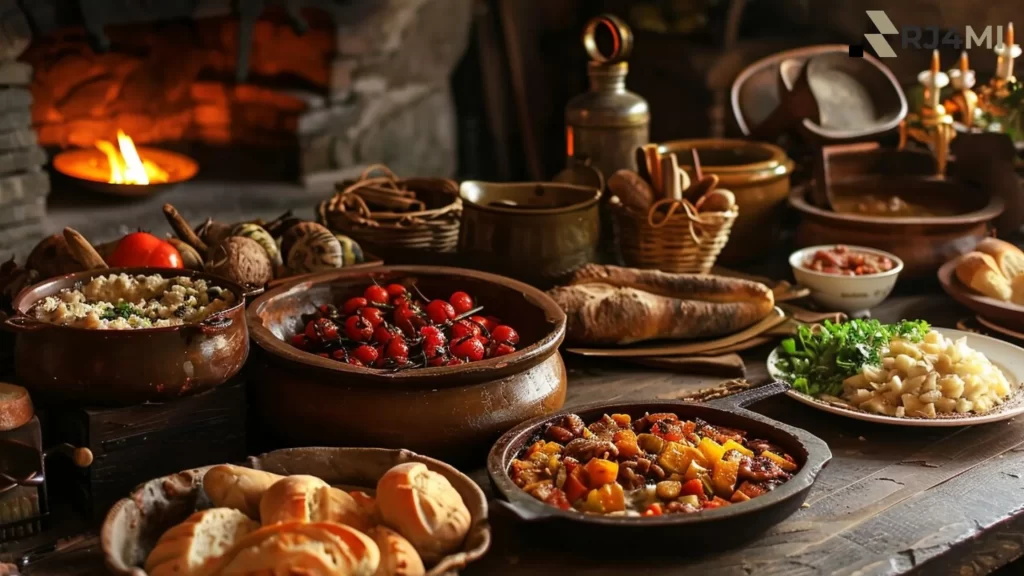
Food in the Middle Ages wasn’t just about survival—it was a significant part of social status and daily life. Wealthy households and royal courts enjoyed rich dishes with exotic spices. In contrast, peasants had simple meals made from grains and vegetables.
These feasts were well recorded in historical texts. They are an important primary source for Middle Ages food recipes.
Key Primary Sources of Middle Ages Food Recipes
Manuscripts and Cookbooks from the Middle Ages
A key part of medieval food history is how recipes were kept in old manuscripts. Many 14th and 15th-century books have detailed cooking instructions. Modern chefs can still use these recipes today.
These primary sources help historians and cooks see how people made their food. They show what spices were popular and which ingredients were easy to find.
Monastic Records: A Hidden Culinary Archive
Monasteries were among the best places to write and preserve cookbooks. Many medieval monks wrote detailed notes on preparing food for religious fasting. They focused on fish and vegetable-based dishes. These records have become a significant primary source of Middle Ages food recipes.
Merchant and Trade Documents: Spices and Ingredients
Trade records show how spices like saffron, nutmeg, and cinnamon reached medieval Europe. These ingredients were key in royal kitchens and rich homes. They let chefs blend flavors in new ways.
Also Read: Lime Juice: How Much Can You Really Squeeze From One?
Common Ingredients in Middle Ages Food
Meat and Poultry in Medieval Cooking
Meat was a great luxury, mainly available to the upper class. Common meats included:
- Venison (for the royal and wealthy)
- Pork and beef (more widely available)
- Poultry like swan and peacock for grand feasts
Fish and Seafood: A Staple for Religious Fasting
Since religious fasting was common, fish became an essential part of the diet. Many Middle Ages food recipes feature salted fish, eel, and shellfish dishes.
Grains, Bread, and Porridge: The Basics of Medieval Diet
Grain-based foods were the most common staple. People ate coarse bread, barley porridge, and wheat-based meals, particularly in monasteries.
Forgotten Medieval Recipes You Can Make Today
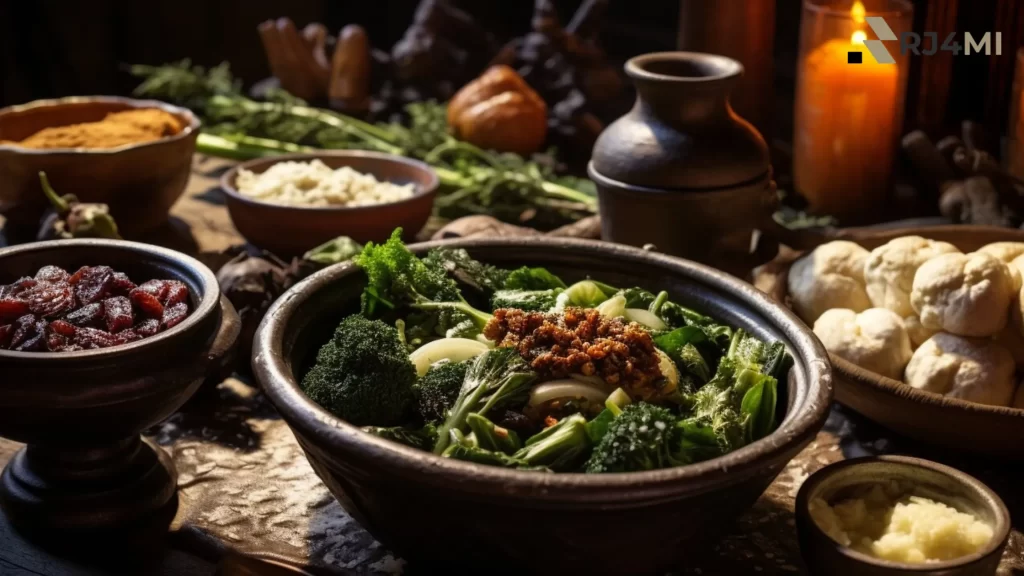
Authentic Medieval Meat Dishes
Many Middle Ages food recipes show how to prepare meat with honey, vinegar, and spices. One famous original recipe involves roasting lamb with cloves, nutmeg, and saffron.
Popular Fish Recipes from Primary Sources
A well-preserved fish dish is a medieval seafood stew. It features herbs, wine, and vinegar.
Bread, Soups, and Pottages: Everyday Medieval Food
A simple pottage is a thick soup made with lentils, meat, and vegetables. Modern cooks can adapt this old dish today.
Cooking Techniques and Tools in Medieval Times
Open Fire Cooking and Hearth Techniques
Most kitchens relied on open flames to cook meals. Pots and cauldrons mixed ingredients. Many recipes needed long simmering times.
Preservation Methods: Salting, Drying, and Fermenting
Since refrigeration didn’t exist, meat and fish were preserved using salting and drying. These techniques helped store food for long winters.
Where to Find Primary Sources on Medieval Recipes
Online Archives and Museums
Many historical museums and digital collections have translated medieval cookbooks for modern researchers.
Books and Modern Translations of Medieval Cookbooks
Many authors have turned the Primary Source of Middle Ages Food Recipes into modern recipes. This makes them easy for today’s chefs to access.
Also Read: Lime Juice: How Much Can You Really Squeeze From One?
Rediscovering the Richness of Medieval Cuisine
The Primary Source of Middle Ages Food Recipes provides an invaluable look into the flavors, ingredients, and cooking techniques of the past. You can enjoy the unique flavors of medieval Europe today by using modern recipes to adapt old dishes. No need for a royal court or a wedding feast!

